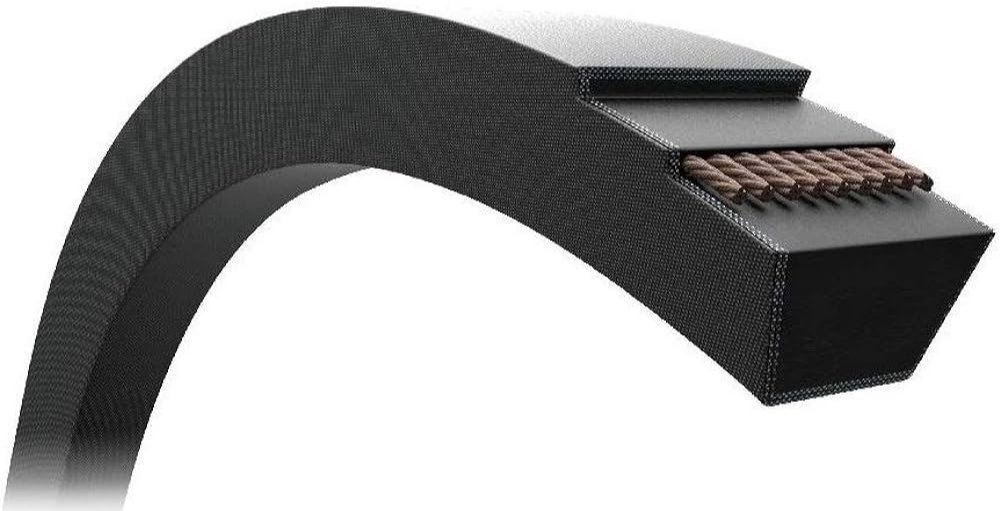
V-Belts: All the types and sizes. Which one’s the best for you?
Inside every planer and jointer, there are pulleys and a belt. These components are essential for power transmission, in this case from the motor to the cutterhead. Today we’ll be diving into V-Belts, why they work, their shapes, sizes and woodworking applications.

A V-Belt is a flexible belt used in the power transmission between rotating components. The most popular application in woodworking is the torque transmission between the motor and cutterhead, whether it’s in a planer or jointer. V-Belts are known for their shapes, shaped as a V, they fit in pulley’s groove quite effectively, improving the grip and overall efficiency.
V-belts are made of rubber, usually with an outside coating to protect it, conventionally being a textile. They also have tensile members embedded within, to increase their resistance to wear.
First, we have the standard sizes, which are used for general purpose machinery and heavy-duty applications: Sizes A, B, C, D and E, with the last being the biggest.

There’s also the light duty kind, with the following sizes: Sizes 3L, 4L and 5L, in increasing magnitude.

Now we have wedge belts, which are narrower, deeper and include a wedge at the top. These are the sizes: Sizes 3V, 5V and 8V.

There’s also belts that have grooves along their inner diameter, these are for better heat dissipation and for less slippage, there are two kinds:
Wedge Cogged in sizes 3VX and 5VX:

And Molded Cogged in sizes AX, BX and CX:

The best belt for you is fully determined by your application. For lighter loads, go with the light duty kind for heavy duty applications go with the classical and so on. Does your system heat up? Does it have continuous operation or is it intermittent? All these questions will help you narrow down what belt is best for you.
Thanks for staying until the end, feel free to give us a call or shoot us an email if you have any questions.

Leave a comment